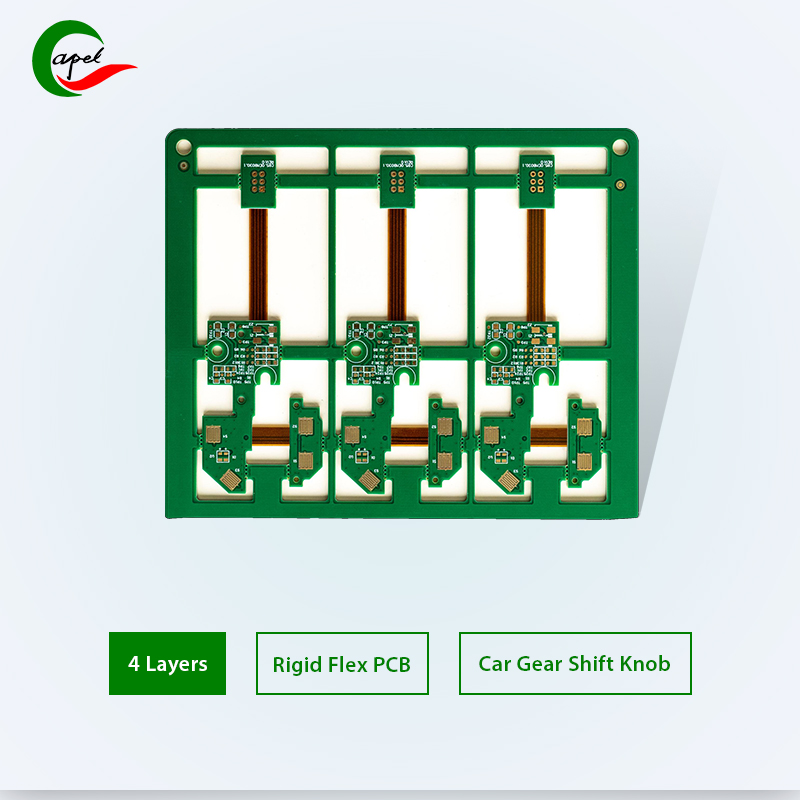Rigid-flex circuit boards have unique design advantages, combining the stability of rigid boards with the flexibility of flexible circuits. This hybrid design enables more compact and versatile electronics, making it ideal for a variety of applications including aerospace, medical devices and consumer electronics. However, like any other electronic component, rigid-flex circuit boards are not immune to failure. Understanding common failure modes can help engineers design stronger, more reliable circuit boards. In this article, we will explore the most common failure modes of rigid-flex circuit boards and provide insights into how to prevent these failures.
1. Flexible circuit fatigue:
One of the main advantages of rigid-flex panels is their flexibility, which allows them to bend and adapt to complex shapes. However, continued bending and bending can cause flex circuit fatigue over time. This can cause cracks or breaks in the copper traces, resulting in open circuits or intermittent connections. To prevent flex circuit fatigue, engineers should carefully consider the bend radius and number of bend cycles the board will experience during its service life. Reinforcing flex circuits with additional support structures or implementing dynamic flex designs can also help mitigate fatigue-related failures.
2. Layering:
Delamination refers to the separation of different layers within a rigid-flex circuit board. This can occur for a variety of reasons, including poor bonding between layers, temperature cycling, or mechanical stress. Delamination can cause electrical shorts, opens, or reduced board reliability. To minimize the risk of delamination, proper lamination processes should be followed during the manufacturing process. This includes using high-quality bonding materials, controlling lamination parameters, and ensuring adequate curing time. Additionally, designing stackups with balanced copper distribution and avoiding excessive temperature changes can help prevent delamination.
3. Thermomechanical stress:
Rigid-flex boards often experience significant thermomechanical stress during their service life. This stress can be caused by changes in temperature, humidity, or mechanical shock and vibration. Thermo-mechanical stress can cause cracking or solder joint failure, causing electrical reliability issues. To mitigate failures related to thermomechanical stress, engineers should carefully select and qualify materials with the appropriate coefficient of thermal expansion (CTE) for each layer of a rigid-flex board. Additionally, implementing proper thermal management techniques, such as using a heat sink or thermal vias, can help dissipate heat and reduce stress on the circuit board.
4. Pollution and corrosion:
Contamination and corrosion are common failure modes in any electronic device, and rigid-flex boards are no exception. Contamination can occur during the manufacturing process or due to environmental factors such as humidity or exposure to chemicals. On the other hand, the presence of moisture or corrosive gases often accelerates corrosion. Both contamination and corrosion can cause circuit boards to short out or degrade performance. To prevent these failure modes, strict quality control measures should be implemented during the manufacturing process. In addition, conformal coatings or encapsulation can provide a protective barrier against environmental factors.
5. Connector and solder joint failure:
Connectors and solder joints are critical interfaces in rigid-flex circuit boards. Failure of these components can result in intermittent connections, open circuits, or reduced signal integrity. Common causes of connector and solder joint failure include mechanical stress, temperature cycling, or improper soldering technique. To ensure the reliability of connectors and solder joints, engineers should select high-quality components, ensure proper alignment and fit, and follow recommended soldering guidelines such as correct temperature, duration, and flux application.
In summary, while rigid-flex circuit boards offer many advantages, they are susceptible to specific failure modes. Understanding these common failure modes is critical to designing reliable and robust circuits. By considering factors such as flex circuit fatigue, delamination, thermomechanical stress, contamination and corrosion, as well as connector and solder joint failure, engineers can implement appropriate preventive measures during the design, manufacturing and testing stages. By paying proper attention to these failure modes, rigid-flex circuit boards can provide superior performance and long service life in a variety of applications.
Post time: Sep-19-2023
Back







